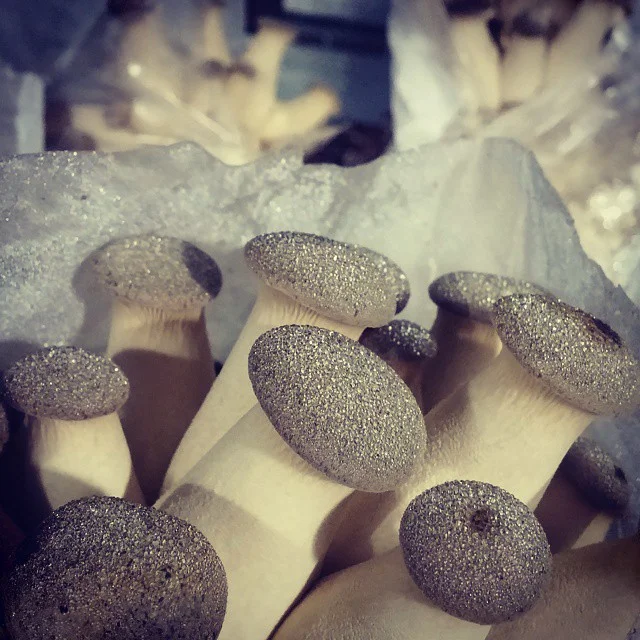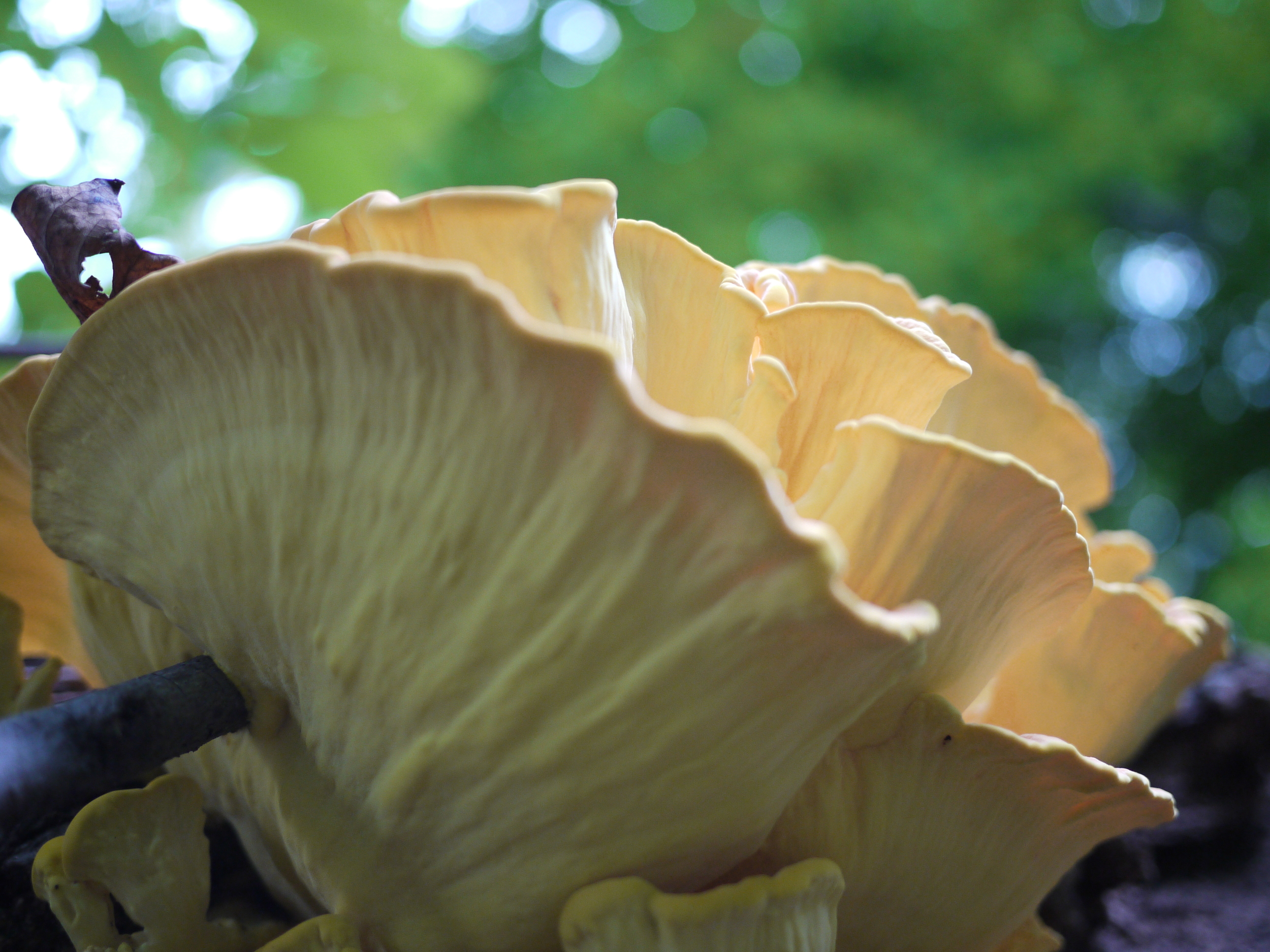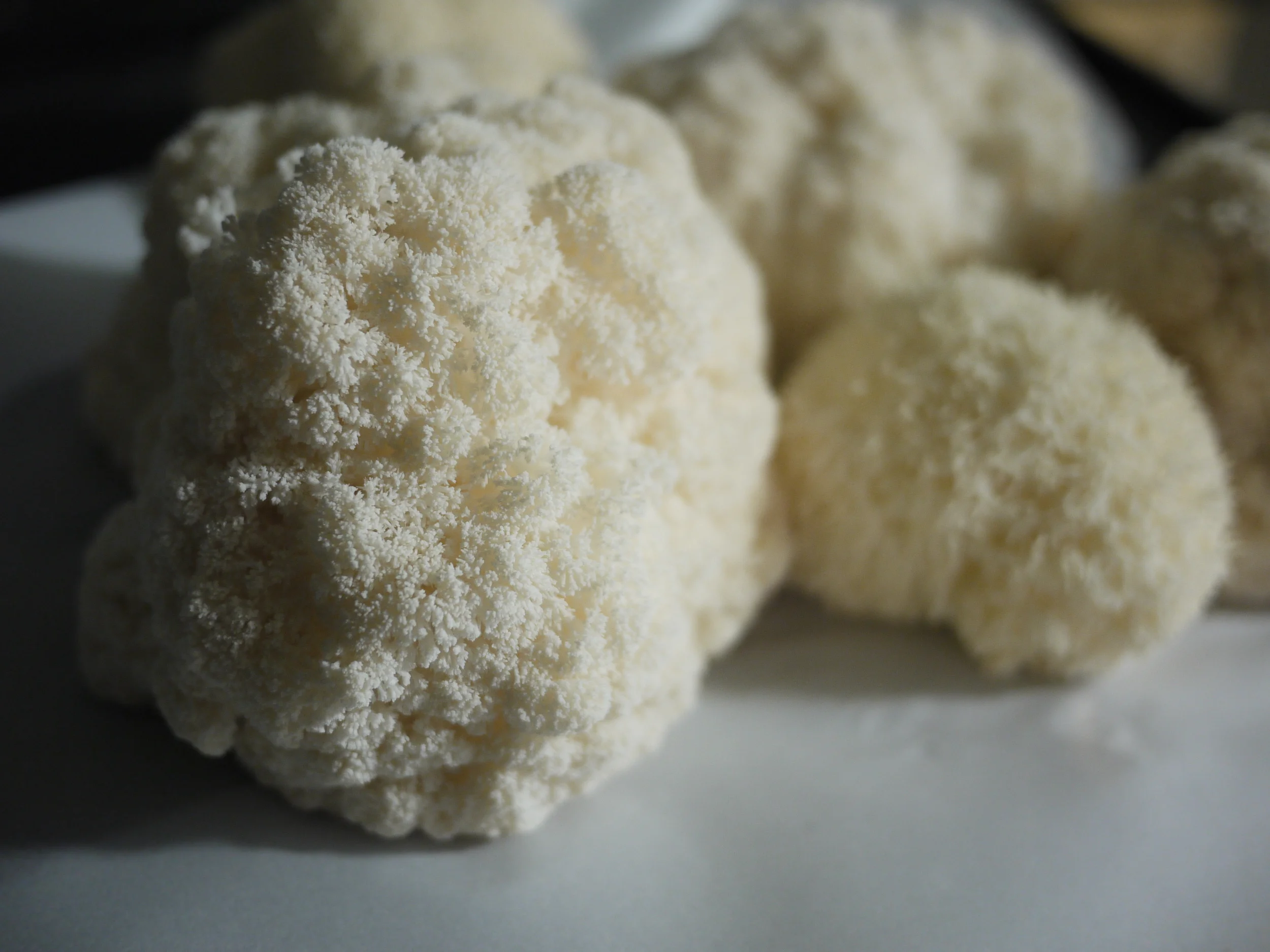Mycelial Revolution
"Two roads diverged in a wood... and I took the one more truffled"
-Robertus Frostii
when a mushroom spore lands in the right spot, it sends out a single strand, a hypha. That hypha travels out until it runs out of energy or meets the hypha of a different spore. If the hyphae are genetically compatible, they merge, initiating the formation of Mycelium: a branching, Resource hungry, web eager to explore its surroundings.
The individual hyphae that make up mycelium are invisible to the naked eye, yet just under the surface of the soil this filamentous web is orchestrating a number of processes that underlie the continuity of all life. Some of these webs munch tough organic compounds like cellulose and lignin, forming humus, a foundation of soil. Others follow trails of plant sugars leading to roots. These roots then tap mycelium for water and minerals. The plants grow bigger, the web eventually munches them down, the soil gets deeper, and the offspring of trees merge their roots with those of their parents' through mycorrhizal networks. What started as two microscopic spores now supports an entire evolving ecosystem.
Myco - Mushroom. Politan - City
The intersection of humanity and fungi is a rich and fascinating subject. For some reason, people of certain areas embrace mushrooms and always have. Mention mushrooms to someone who grew up in rural Japan or Eastern Europe and there’s a good chance they’ll light up as they recollect childhood moments spent combing dewey woods with full baskets. Proper Anglos, on the other hand, after putting an end to the fairy ring dances and other myco-dionysian rituals enjoyed by their ancestors, made a point of ignoring mushrooms- that is, when they weren’t busy smooshing them for fear of igniting sinful passions. Regardless of the geography of attitudes, mushrooms tend to cluster where humans and nature interact- paths, clearings, roadsides, pasture. The evolutionary trajectories of fungi and humanity are more intertwined than we might realize.
Our country was conceived by a bunch of, god bless em, Anglos. It’s understandable that even today many of us harbor fears of Killer fungi. We are after all products of our culture. That misunderstanding is beginning to change. It’s a one shroom at a time kind of thing. A slow march toward balance with nature and independence from the antiquated, wasteful, decidedly unshroomy systems which threaten our planet. if we are to steer this ship from the rocks, we must embrace the lunies on our path.



























